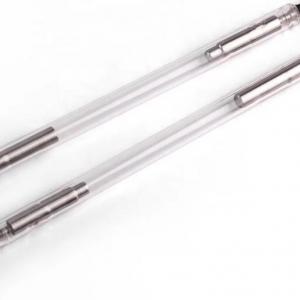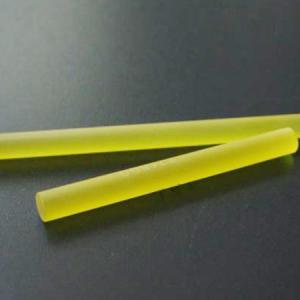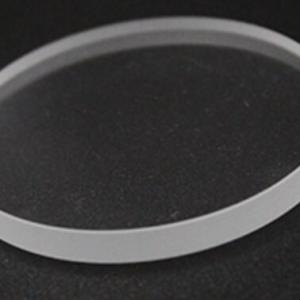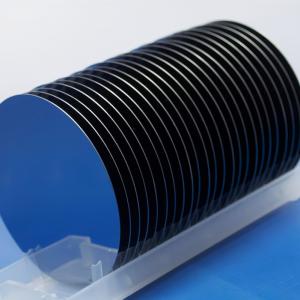How Does laser flash lamp work
Laser Flash Lamps or Gas discharge laser lamps are routinely used as optical pump sources for solid state lasers. The two main categories of laser pump lamps are DC arc lamps for continuous pumping, and laser flash lamps for pulsed pumping. Both offer high brightness, high power capability, long operating life, and low cost per hour of operation.
An electric current is discharged through a gas-filled quartz tube, generating a hot plasma. This plasma radiates intense light which can be coupled into a laser crystal, optically exciting the laser medium. For Nd:YAG lasers, lamps filled with the noble gases Xenon and Krypton are frequently selected as they are most efficient at radiating wavelengths of light which are in the excitation spectrum of the Nd atoms and are readily absorbed by the Nd:YAG crystal. Flashlamps are operated in a pulsed mode; they discharge high current pulses (hundreds of amps) ranging in duration from .1 to 20.0 milliseconds. They are filled with either Krypton or Xenon: Krypton is more efficient at low currents and Xenon at high currents. Fill pressures are usually less than one atmosphere to help prevent explosions during the highly energetic current pulses.

At low power densities, Krypton filled lamps generate a spectral output that is efficiently matched to the Nd:YAG absorption spectrum. At higher power densities, Xenon becomes the more efficient fill gas. Traditionally, a Pulse Forming Network (PFN) of capacitors and inductors is used to generate the high current discharge. The PFN circuit is designed to match impedance with the flashlamp. The capacitors, (or capacitor bank) in series with the inductor(s) are charged and held across the map terminals. The impedance of the lamp prevents discharge until the lamp is ionized by the trigger pulse. The capacitor then discharges through the inductor and the lamp, generating a pulse of current and a burst of light. The capacitors can be charged and discharged repeatedly at high repetition rates to generate a steady stream of laser pulses. For improved reliability, stability and lamp lifetimes, a “simmer” process is employed. After the lamp is triggered, and between the subsequent current pulses, a steady DC current (typically .1-2.0 amps) is established and maintained by a separate power supply. The PFN is held off from discharging by SCR’s. A rate generator trips the SCR’s at the desired rate allowing the PFN to discharge through the lamp. Simmering eliminates the need to trigger the lamp for each pulse. This greatly improves pulse-to-pulse reliability and stability and also extends the life of the flashlamp. In recent years, solid state switching power supplies have begun replacing capacitor/inductor PFN’s in flashlamp pumped Nd:YAG lasers. Instead of charging and discharging a PFN, modern switching power supplies directly generate the current pulse. While PFN’s generate pulses which are shaped like half sine waves, switching power supplies can generate current pulses in a number of useful shapes: square waves, stepped, etc. The ability to shape the current pulse, and thus the laser pulse, has led to great improvements in Nd:YAG laser material processing.
CW arclamps

Flashlamps
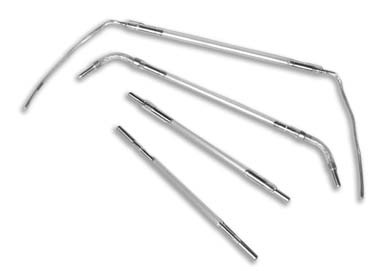
DC Arclamps are operated in a continuous wave (CW) mode and discharge a constant current in the 10-40 Amp range between 100-250 Volts. The continuous light radiated induces constant gain in the Nd:YAG rod, generating a continuous laser beam. Krypton gas is almost always selected for CW applications because it is more efficient than Xenon at these power levels; in fact, these lamps are universally known as Krypton arclamps. For increased efficiency, they are filled to very high pressures, typically 5-10 atmospheres. Violent explosions can result from mishandling, so safety glasses should be worn during handling and installation. These high pressures make Krypton arclamps difficult to start because of their high impedance. Therefore, fairly complex starting circuitry must be employed: first, a short duration (approximately one microsecond) high voltage (20-30kv) trigger pulse is applied to the lamp, which causes an initial ionization of the gas. Next, a boost circuit drives a low current through the lamp at moderate voltage for a few milliseconds after which the main power supply can take over and run the lamp at its normal operating current and voltage (typically 20 amps at 150 Volts).
